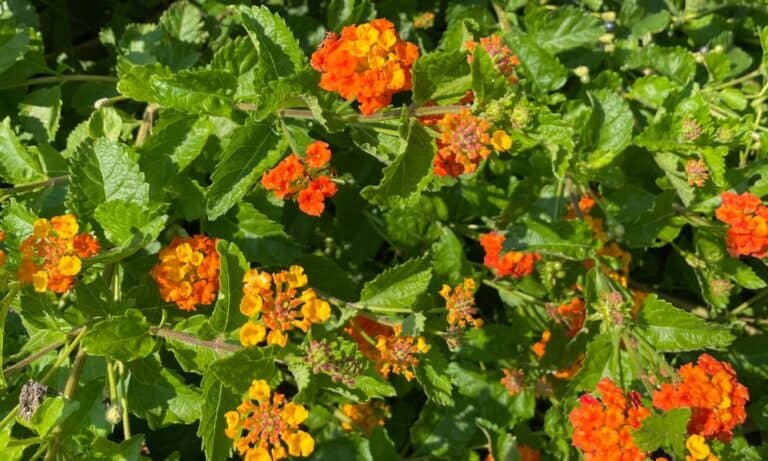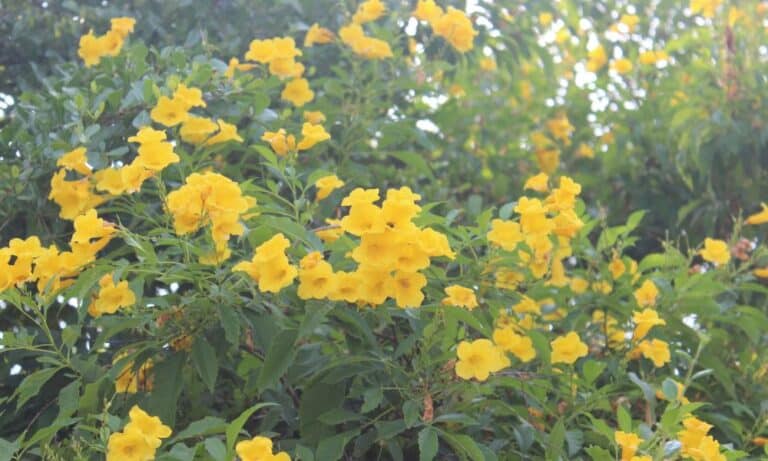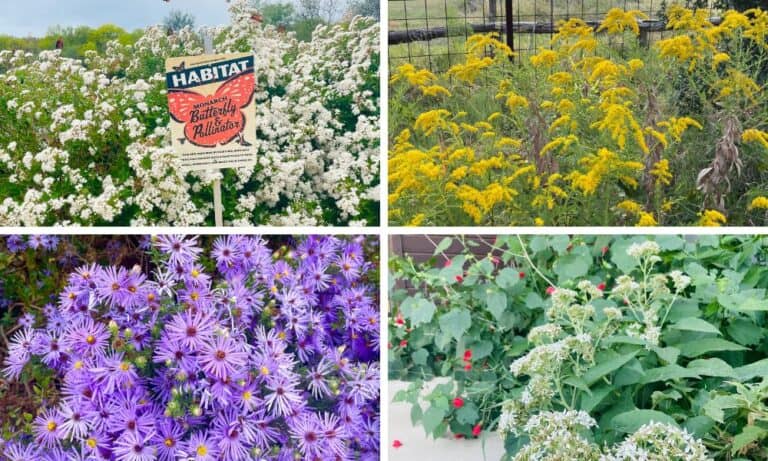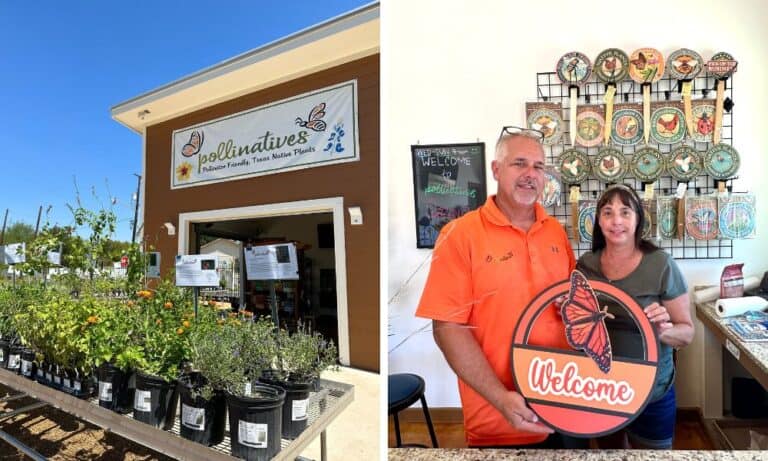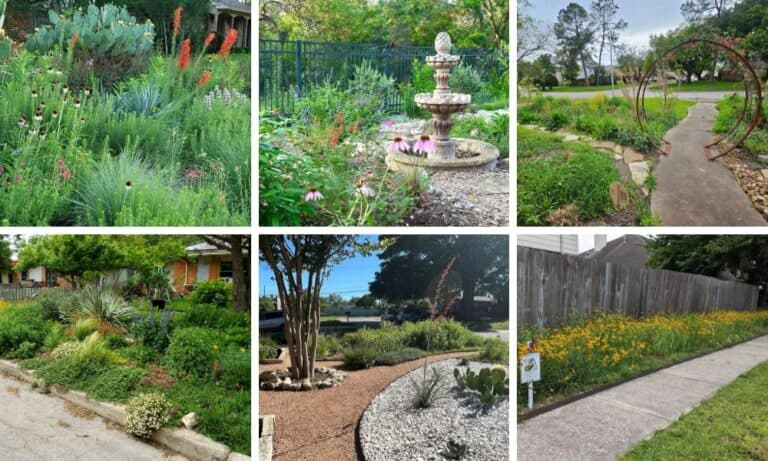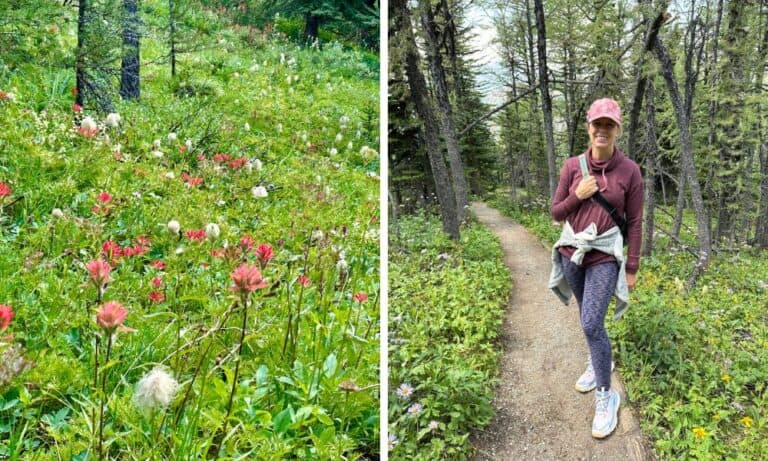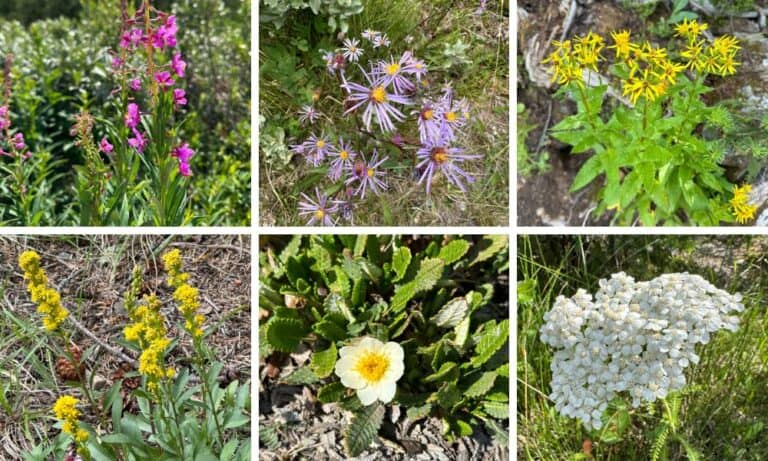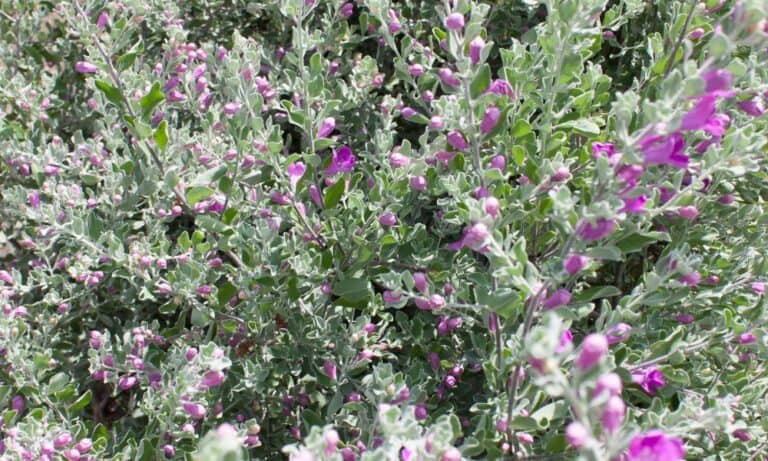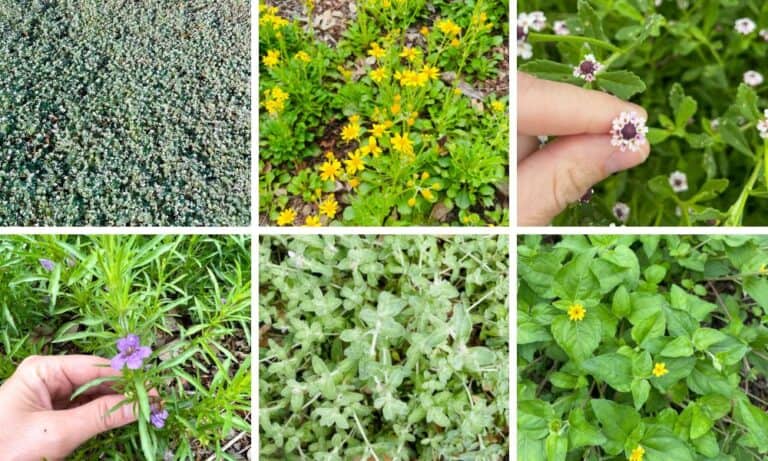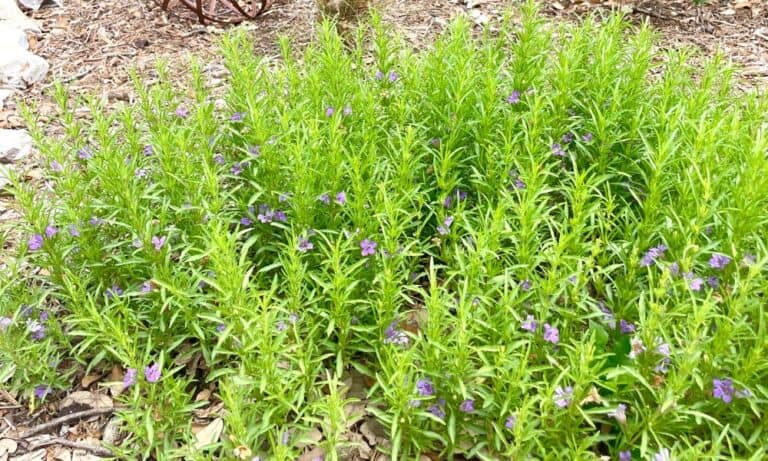5 Reasons to Grow Texas Lantana (Lantana urticoides)
If you live in Texas, you are probably used to seeing Lantana in landscaping. There are a variety of Lantanas for sale at the nursery, but Texas Lantana (Lantana urticoides or Lantana horrida) is THE one you want in your garden!
This hardy Texas native plant thrives in full sun. It is covered in orange and yellow flowers periodically throughout the growing season, from early summer through fall. It is a perennial shrub that tolerates a wide range of soils and requires little water once established.

